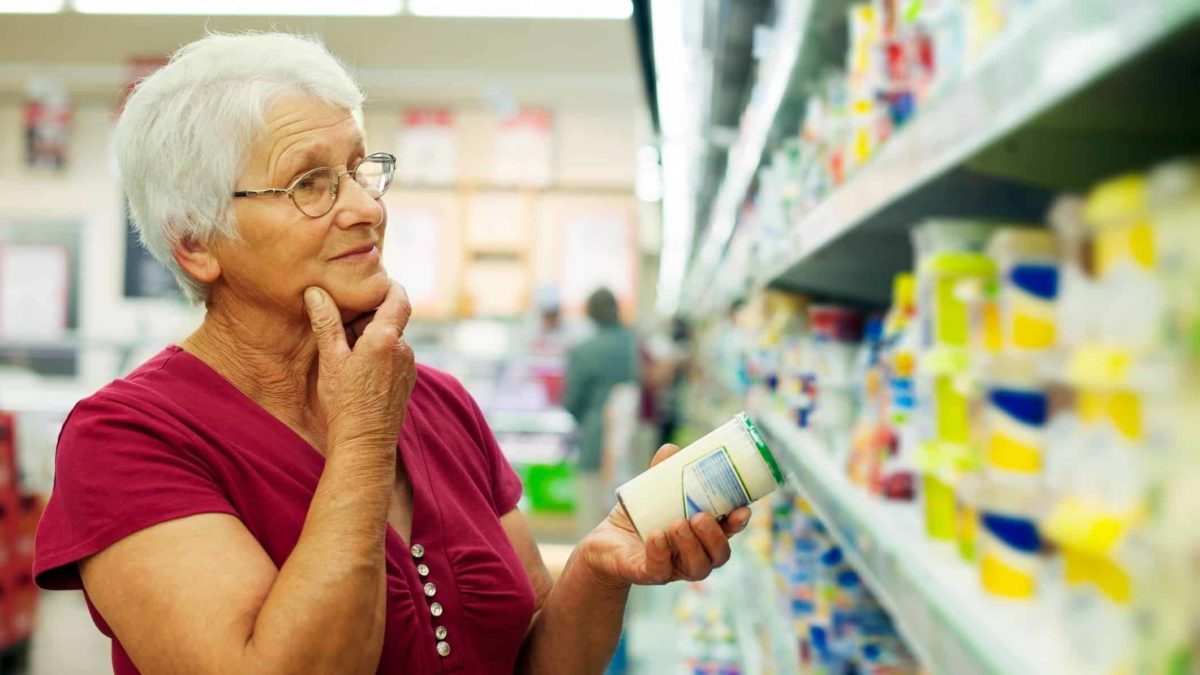After seeing supermarkets slash prices for a decade to lure customers, grocery shoppers will find the current inflation surge jarring.
At the start of the year there were already supply constraints triggered from the COVID-19 pandemic.
But just a few months later, price rises caused by recent floods in the eastern states and global shortages arising from the war in Ukraine have added to the inflation pile-on.
Inflation is raging sufficiently that Reserve Bank of Australia last week raised interest rates by 25 basis points.
Montgomery Investment Management portfolio manager Stuart Jackson forecasts that a certain subset of food retailers will benefit.
"This 'new normal' should play well for the value end of food retailing," he said on the Montgomery blog.
"The biggest loser is likely to be Metcash Limited (ASX: MTS) and independent specialty stores."
Why Coles will be a winner from inflation
Out of the other ASX-listed supermarkets, Jackson picked Coles Group Ltd (ASX: COL) as the winner.
He noted the data coming out of Coles' latest 13-week sales report last week.
"Coles stated that it is now seeing price inflation in almost every category," said Jackson.
"As a result, overall food inflation increased from -0.2% in the December quarter of 2021 to 3.3% in the March quarter of 2022."
But food inflation was "fairly benign" until now, and the real painful price increases are underway in the current quarter.
"The majority of product prices have not increased in Coles as yet… But the inflationary pressure on suppliers is increasing, not decreasing," said Jackson.
"Rising input and logistics costs are forcing manufacturers to push through price increases to retailers. This is now seeing price inflation on a fairly broad basis."
And historically, food inflation has led to improvements in supermarket earnings and margins.
There are three ways supermarkets deal with supplier cost increases: absorb the inflation, increase dollar-for-dollar (therefore decrease margin percentage), or increase by the same margin percentage.
According to Jackson, Coles would push through the majority of its price hikes through the second method.
"Therefore, there is likely to be some dilution of gross margin percentage from the current inflationary wave," he said.
"However, this will be offset by continued efficiency gains under the 'Smarter Selling; and strategic sourcing programmes."
The Coles share price is already up 4.3% so far this year, while paying out a 3.27% dividend yield.
Why Metcash will be a loser from inflation
Jackson admitted Metcash's IGA chain benefited the past two years from a shift to shopping locally.
But he feels like this is temporary pandemic-induced behaviour that will soon subside.
"What is likely to be a key driver of consumer shopping patterns is increasing pressure on household budgets from accelerating food inflation," said Jackson.
"This should see consumers become increasingly more budget and price sensitive, with a shift back to fewer but larger shops."
And as supply constraints improve in the coming months, smaller players like IGA will find it increasingly difficult to lure customers away from the big chains like Coles and Woolworths Group Ltd (ASX: WOW).
"The restrictions on product availability also reduced promotional intensity by around 300 to 400 basis points for supermarkets," Jackson said.
"As availability recovers, promotional activity by the major supermarkets will return to more normal levels, increasing the perceived value proposition of the two major supermarket chains."
Metcash shares are 4.92% higher than where they started this year, all while paying out a handsome 4.26% dividend yield.









